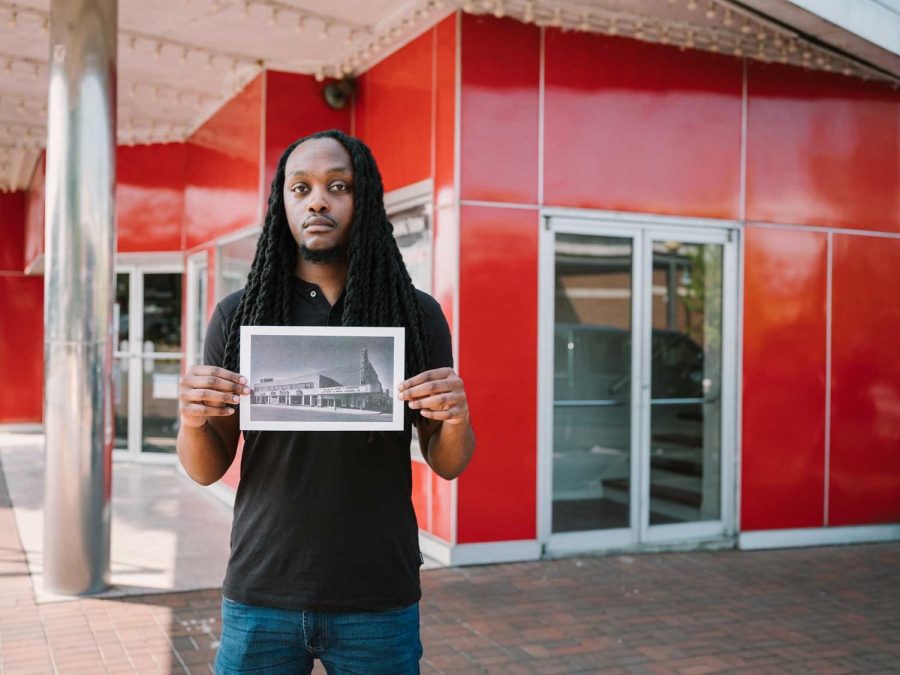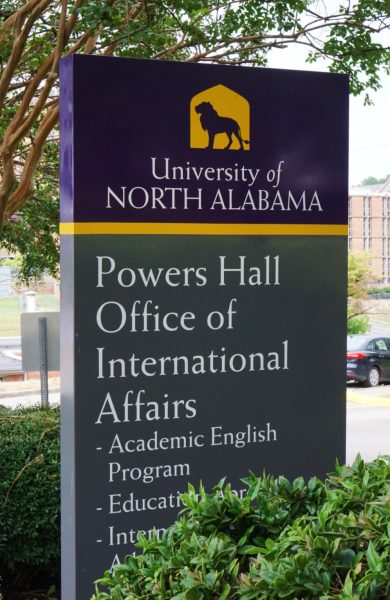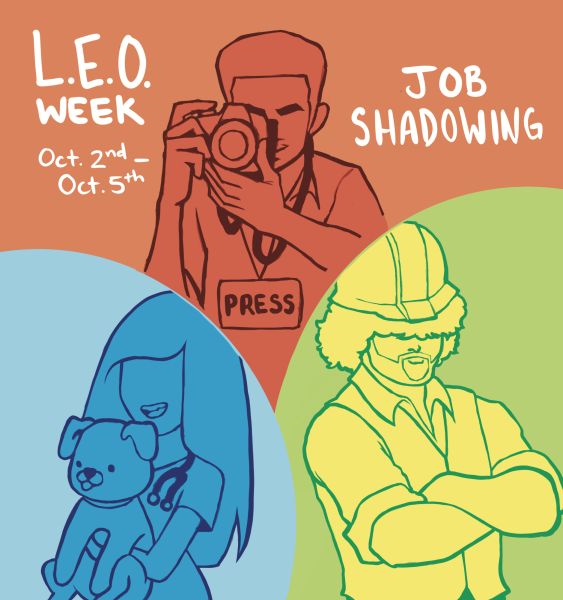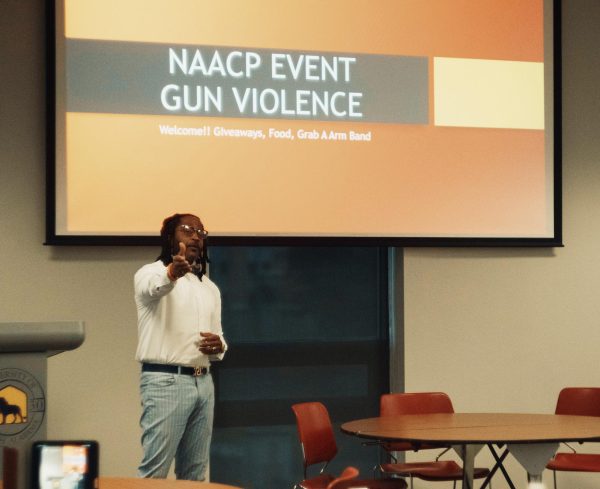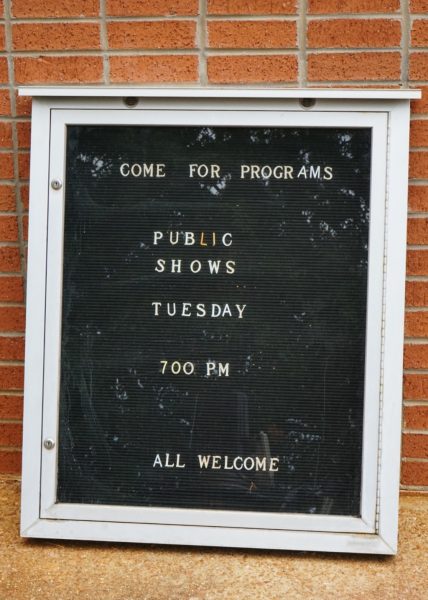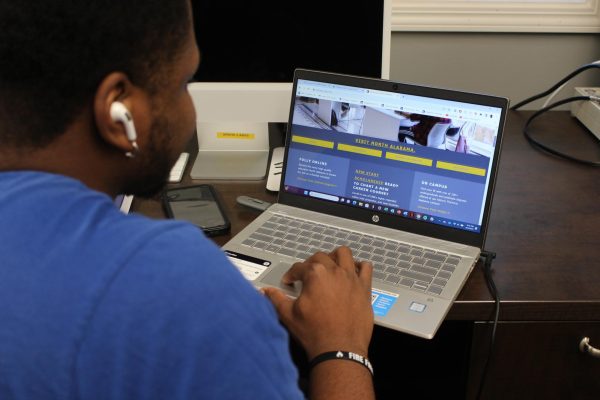Civil Rights in the Shoals: What Remains
February 26, 2022
It was a cold afternoon in February. As you walk down a dilapidated utility access trail, the crisp air matches the crunch of the dead leaves and gravel marking the way to a forgotten element, once vital to the black community in West Florence, Ala. Once the trail runs to its conclusion, the dull roar of Cypress Creek replaces the sound of terrain required in the traverse to arrive at this point. The emphasis lies not in what stands, rather what remains. Through the scattered brush and leaves, one can see the remnants of a stone bridge. This bridge stands as a symbol of the current state of an entire community in Florence, forgotten and tucked out of sight.
West Florence is a part of town that many tend to remove from consideration in daily affairs. The name itself is a symptom of the issues the community faces, “West” Florence, serves to separate it from the rest of town in a taboo sense. Yet, recent events like the murder of George Floyd have sparked global conversation around groups such as Black Lives Matter. Awareness and conversations about race, fairness and equity have begun to emerge in Academia and everyday life alike.
Enter the Civil Rights Shoals Website. Funded from a grant by the National Parks Foundation, the website’s goal is to provide a resource for those in the community looking to better understand the history of the civil rights struggle in the shoals area, and contribute to ongoing modern initiatives.
The website itself is packed full of historical records, photographs, and videos. Every story is banded together by a timeline at the bottom of the page. Why does such a resource benefit the shoals? The answer lies in the historical perceptions of the region in relation to the rest of the state of Alabama.
The Yellowhammer State has its lion share of dark history surrounding the civil rights era, with events like Bloody Sunday and the abuse of the Freedom Riders remaining a stain on the state’s reputation. However, most of the state’s violent confrontation was apparently contained to the southern regions. This created a sort of utopian perception of the civil rights era in the shoals, in that there was a sort of mutually agreed “spirit of cooperation” across the board. Dr. Ansley Quiros and Dr. Brian Dempsey of the University of North Alabama set out to investigate this perception by spearheading the Civil Rights Shoals project.
“We sometimes call that the mythology of the civil rights struggle in the shoals,” Quiros said. “And that central question is what Dr. Dempsey and I set out to investigate when we started the Civil Rights Shoals Project. I think because of the music collaboration, there’s sort of this idea that the shoals skirted the worst of violence, that that was present in places like Selma, Montgomery, and Birmingham. And I think in the absence of that large-scale violence and in the presence of that musical collaboration, there’s this idea that, you know, everything was good here. There was biracial cooperation and that this was a sort of utopia. And it’s not. Things in history are rarely simple.”
But what dispels this “mythology” of total cooperation in the shoals?
Like any other place in the south during this era, racism embeds its roots far deeper than just physical confrontation and violence. The shoals is home to a complicated history of zoning regulations, uncertainty of voter representation, and multiple allegations of corruption within certain spheres of local government.
The city is currently embroiled in controversy over a monument to a
confederate soldier directly overlooking city hall. The soldier stands in a sort of ironic contrast just yards away from a banner called old glory, that he stood so virulently opposed to nearly two hundred years ago. Yet the supporters of the statues continued stance are factually correct in one aspect over those dissenting. This monument does in fact serve as a testament to the battle over states’ rights(to own and mistreat slaves).
However, the statue is only a symptom of much more deeply rooted issues that plague Florence as a whole. Much of the black community in Florence has shifted into a small segment of town gradually over time, and certain economic and construction factors have begun to isolate them in West Florence.
Abraham Rowe is a local photographer who assisted with photographs for the Civil Rights Shoals project. He attended University of North Alabama in Florence, and has raised his family in the shoals. Throughout the past 20+ years, he has had the opportunity to truly witness and connect with every corner of the local community. His “Hidden Spaces” project ha uncovered numerous historical components hiding in plain sight of everyday life. One such instance which was further documented for the Shoals Civil Rights project was the alternate entrance for African Americans at Shoals Theater in the heart of downtown Florence.
“They had a black entrance at the time,” Rowe said. “And, you know, I walked down the street all the time and I walked by that door all the time…Everybody walks by that place and nobody knows. It’s the perfect hidden space in plain sight. That door was the alternate ticket booth and it went upstairs. It was the upstairs entrance into the Shoals Theater, which is the only place where the black folks could see the movies at the time.”
Rowe also spoke of how his time in Florence has opened his eyes to the perspectives and struggles the black community both local and as a whole faces.
“I’m not the person to ask, to be quite honest,” Rowe said. “I am a white guy, so I have that perspective, but I’ve been around a little bit of…Talking to people that are actually involved and trying to make change in our community for all minorities and specifically for black folks in the shoals, there’s I mean, there’s always a lot going on from what I understand everywhere in America…I’m personally working on a project about West Florence. It’s a documentary photo project…The segregation and the struggles that these people faced in their neighborhood. West Florence is basically cornered. It’s isolated, it’s a very isolated part of town because Cypress Creek has this big bend in the river and West Florence is pushed up against that bend in the river.”
While zoning and Social-structures have played a large role in the largely-silent civil rights struggle in the shoals, the area has not been completely spotless in terms of acts of violence by those who have sought to impede progress.
“We met Tory Bailey, who is the daughter of, Mr Bailey,” Rowe said. “He started the first black radio station in the shoals in the early seventies They’re so community driven, and they provide so much and valuable, so many valuable assets to the black community in the shoals that they have a market because they provide valuable services and information to
their listeners…We were learning about the radio station, and Tori told us about a time in the seventies when her father was still there and running the radio station…basically the KKK came in and shot up the place and there’s still bullet holes. They decided to leave the bullet holes. The bullets went through the window and into the wall, one of the walls and doors of the radio station.
And so they decided to leave it there as a reminder of what had happened. And you know, that’s just one of those things that probably never made the news and was probably not talked about a whole lot at the time.”
UNA Alum Heather Adams also recalled a shocking story her father once told her from his childhood:
“…so he is from Town Creek, which is in Lawrence County, which is about 40 minutes from here,” Adams said. “But when he was growing up, his grandfather would hire black men to help around their home and like, do like outside work and things like that. And my dad was like, really small. He was like seven or eight. So this was in the late sixties, like early seventies. And one day he didn’t see the man come around anymore. And so he asked his grandfather, like, why haven’t I seen ‘so-and-so’? He was like: ‘Don’t ever say that name again.’ And so come to find out, They literally lynched him. And this was the late sixties.”
Instances like these highlight the hidden nature of the struggle for civil rights in the Shoals. Many details and records are vague relatives to the rest of the state, which leads many to simply believe that instances like these never occurred.
UNA Professor Brian Dempsey also worked closely with Dr. Qurios and several graduate research assistants at the university to put together the website as a resource for the community to be able to more accurately document stories and history previously buried beneath both unintentional covers.
“These are student researchers to get into the archive to start to dig through essentially newspaper and media coverage of the civil rights stories, and then begin to kind of pull that into a searchable archival website that we’ve now launched,” Dempsey said. “If you notice on the website, there’s a timeline that kind of starts, you know, the early 1950s and goes to the 1970s. And what that’s attempting to do is kind of display in visual form. The research in the archival holdings that we’ve been able to uncover in those holdings at this point really have most to do with, as I said, media and newspaper coverage from shows, area newspapers. And the idea was we wer interested in the idea.”
Dempsey said that as the civil rights movement was really picking up steam in the fifties and sixties in the south, there was a narrative that began to emerge.
“That narrative was that the violence and all the racial animosity that was really occurring in spots didn’t really happen here,” Dempsey said. “There wasn’t the violence or wide-scale racial discord seemingly in the shoals that you saw in Selma, Birmingham or Montgomery. At least that’s the prevailing narrative that we kind of hear about in the Shoals, right?”
Dempsey said they have tried to exhibit the fact that though there may not have been the instances of violence in the shoals as there were in other parts of the South, but certainly the system of racism and often of white supremacy was in the shoals and exhibited often through things like op-ed to local newspapers as how the newspaper sort of carried the news of the day and sort of structured it.
The website also serves as an ongoing project for documentation of further instances. The intention behind the continuation of the project lies in its ability to promote change and provide education of these occurrences. Dr. Quiros also spoke on the positive potential for change in the places like the shoals due to the tightly-knit nature of the community.
“The national hot button stuff that’s happening here, that doesn’t really matter,” Quiros said. “I think that the statue should come
down. But like, there’s a lot of potential for people here to get a lot done because it’s small enough that you can actually know one another.”
For more information, visit CivilRightsShoals.com.


